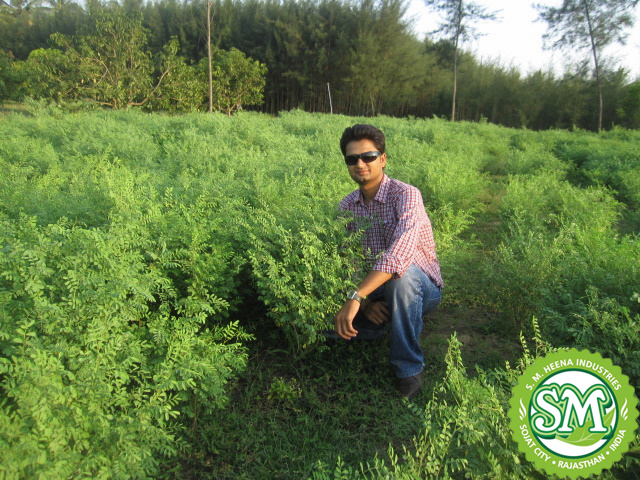The process encompasses 5 steps: Most cultures have their own recipes and techniques, often accompanied by spiritual rites, to create natural indigo dye.
Indigo Plant Dye Process. Ferment, alkalize, aerate, concentrate, strain and store. The mixture is allowed to ferment for about one week to form the dye pigment which is called sukumo.
 BOTANICAL INKS — Botanical Inks English Cashmere Madder From botanicalinks.bigcartel.com
BOTANICAL INKS — Botanical Inks English Cashmere Madder From botanicalinks.bigcartel.com
The quality of the sukumo determines the vividness of the color. Kenta explains that the quality of sukumo determines the vividness of the indigo. The process of turning green leaves into bright blue dye through fermentation has been passed down for thousands of years.
BOTANICAL INKS — Botanical Inks English Cashmere Madder
Indigo rivers the biggest targets of fabric dyes, including indigo dye, are the local water systems to where it is used. The dye is prepared by mixing: Indigo rivers the biggest targets of fabric dyes, including indigo dye, are the local water systems to where it is used. Although its memory flourishes today in conversations and artistic expressions, lingering misconceptions have distorted our general understanding about the real story of local indigo.
 Source: porhomme.com
Source: porhomme.com
Next, they make them into a pulp and leave them to dry in the sun. The paste is mixed with ash water, fruit sugars or rice whiskey, and left to ferment. Most cultures have their own recipes and techniques, often accompanied by spiritual rites, to create natural indigo dye. The dye is prepared by mixing: The mixture is allowed to.
 Source: thekindcraft.com
Source: thekindcraft.com
At the ancient kofar mata dye pit in nigeria, they harvest the indigo plants, then create balls of leaves, flowers and stems. The leaves are then separated and composted for approximately 100 days, with frequent turning of the pile. Indigo mixed with henna in two step henna hair colour process: The birthplace of dye from indigo plants is india, where.
 Source: thekindcraft.com
Source: thekindcraft.com
At the ancient kofar mata dye pit in nigeria, they harvest the indigo plants, then create balls of leaves, flowers and stems. In this process the plant is mixed with wheat husk powder, limestone powder, lye ash, and sake. Ferment, alkalize, aerate, concentrate, strain and store. Whether you apply henna and indigo together or separately, in a one step or.
 Source: botanicalinks.bigcartel.com
Source: botanicalinks.bigcartel.com
With this also comes with a deeper understanding of indigo dyeing and process. Other species of indigofera, such as indigofera suffruticosa, can and have been used to extract indigo for dyeing. In this process the plant is mixed with wheat husk powder, limestone powder, lye ash, and sake. The indigo plant actually has green leaves, and it takes about a.
 Source: okayamadenim.com
Source: okayamadenim.com
Whether you apply henna and indigo together or separately, in a one step or two step process,depends on your starting colour and what hair colour you want to achieve. Kenta explains that the quality of sukumo determines the vividness of the indigo. In this process the plant is mixed with wheat husk powder, limestone powder, lye ash, and sake. After.
 Source: threadsofperu.com
Source: threadsofperu.com
In this process the plant is mixed with wheat husk powder, limestone powder, lye ash, and sake. Most cultures have their own recipes and techniques, often accompanied by spiritual rites, to create natural indigo dye. Whether you apply henna and indigo together or separately, in a one step or two step process,depends on your starting colour and what hair colour.
 Source: smhenna.blogspot.com
Source: smhenna.blogspot.com
It is exciting to see such a passion for indigo these days, and especially the active exploration that is happening. Indigo mixed with henna creates beautiful natural brown and black hair colours. In 2017, several dogs in mumbai started to appear light blue. In addition, the bleached fibres and yarns are free from hypochlorous acids and other hazardous chemicals. The.





